In 2012, the beginnings of what we now call NFTs emerged in the form of colored coins. Ten years later, these blockchain-based assets are on everyone's lips, especially in the world of art, sports and video games. By Benoit Grunemwald, IT security expert at ESET France.

The NFT market started gaining momentum in 2020, growing more than 300% from the previous year and accounting for millions of dollars worth of cryptocurrency.
In the first week of May 2022, the sale of these "tokens" then fell by 92% compared to last September.
However, the market still generates the equivalent of millions of dollars, raising many concerns about the security of this asset. While a thief would have to break through museum security to steal a work of art, access to a digital wallet can be gained through malware or social engineering.
When digital artist Qing Han died in 2020, scammers took the opportunity to sell his works as NFTs in his name. Last September, famed graffiti artist Banksy suffered a website hack of his, posting an announcement selling what was to be his first NFT; a collector paid $ 336.000. The NFT market offers opportunities for many scams:
Discord scams Discord: The chat platform is divided into communities called servers where people can talk, broadcast and play together. Last December alone, 373 members of a Discord server run by the NFT gaming marketplace saw their digital wallet authentication compromised, losing a total of $ 150.000.
Another Discord scam is sending out DMs by making users believe they are being contacted by a brand, artist, or influencer. Don't be surprised by NFT projects without verifying the legitimacy of the offer.
Fake profiles on social networks Beware of potential fake profiles. Often these are copies of real profiles and it is enough to look carefully at the details to distinguish the fake from the real. Also beware of bots that invite users to react to messages; they use social media to interact with users and ask for information that can give them access to crypto wallets.
Phishing fraud Replicated NFT marketplaces or fake cryptocurrency wallets are shared on Discord, Twitter and forums, as well as via email. The level of similarity to real companies is impressive, and it takes a keen eye to spot small differences in the URL or overall layout.
Imitator artist In addition to Banksy and his fraudulent website, other artists have experienced similar situations. Tyler Hobbs, the artist behind the Art Blocks “Fidenza” project, denounced the SolBlocks platform for using his code to sell replicas of his works. Derek Laufman's works were also being sold from a fake account using the artist's name, even getting a verified icon.
“Pump and dump Pump-and-Dump Scams: The type of scam most closely related to NFT speculation involves a person or group of individuals buying a large number of NFTs (or cryptocurrencies) and selling them to each other to artificially create the false impression that the asset is in high demand. In this way, market forces will increase resale profits.
On the buyer's side, this model appears to be validated by influencers sharing NFT on their profiles, making it a great opportunity. Ultimately, these buyers expect to resell at a higher price, which never happens.
Scams with the carpet Scammers promote a project, solicit investments and, without warning, abandon it. This usually happens when they think they have "exhausted investors", withdrawing all funds from an NFT wallet and deleting their profiles from the markets and social networks.
Scams at auction NFT Auction Scams: Fake NFT auctions are one of the most common scams. They occur when a real seller tries to auction an NFT. The seller specifies the cryptocurrency in which he wants to be paid, but a scammer may be able to change the currency of his offer to a currency of lower value.
This can also work by adding and deleting an NFT list from a market, shifting the decimal number one to the right. Without noticing the change, the buyer could find himself paying much more than the originally planned amount.
Violation of accounts on social networks Fake offers and giveaways are a great way to get users' interest. Surprisingly, they can also come from established user accounts.
The reality, however, is that very often these accounts have been hijacked by scammers to promote fraudulent programs. Once the user attempts to access the bogus offer, they are asked to enter their password or personal information, provide their details and get nothing in return.
Fake mints In these schemes, scammers throw NFTs into influencers' wallets, giving the impression that celebrities have actually minted NFTs on the blockchain.
In fact, many buyers monitor specific portfolios for new assets, in anticipation of mass interest and an increase in the value of an NFT. According to OpenSea, the largest NFT marketplace, over 80% of NFTs created for free on its platform are fake, plagiarized by other artists, or spam.
There are many scams to consider when diving into the world of NFTs and, as usual, scammers don't miss out on the opportunity to make money. It is therefore important to always be aware.


